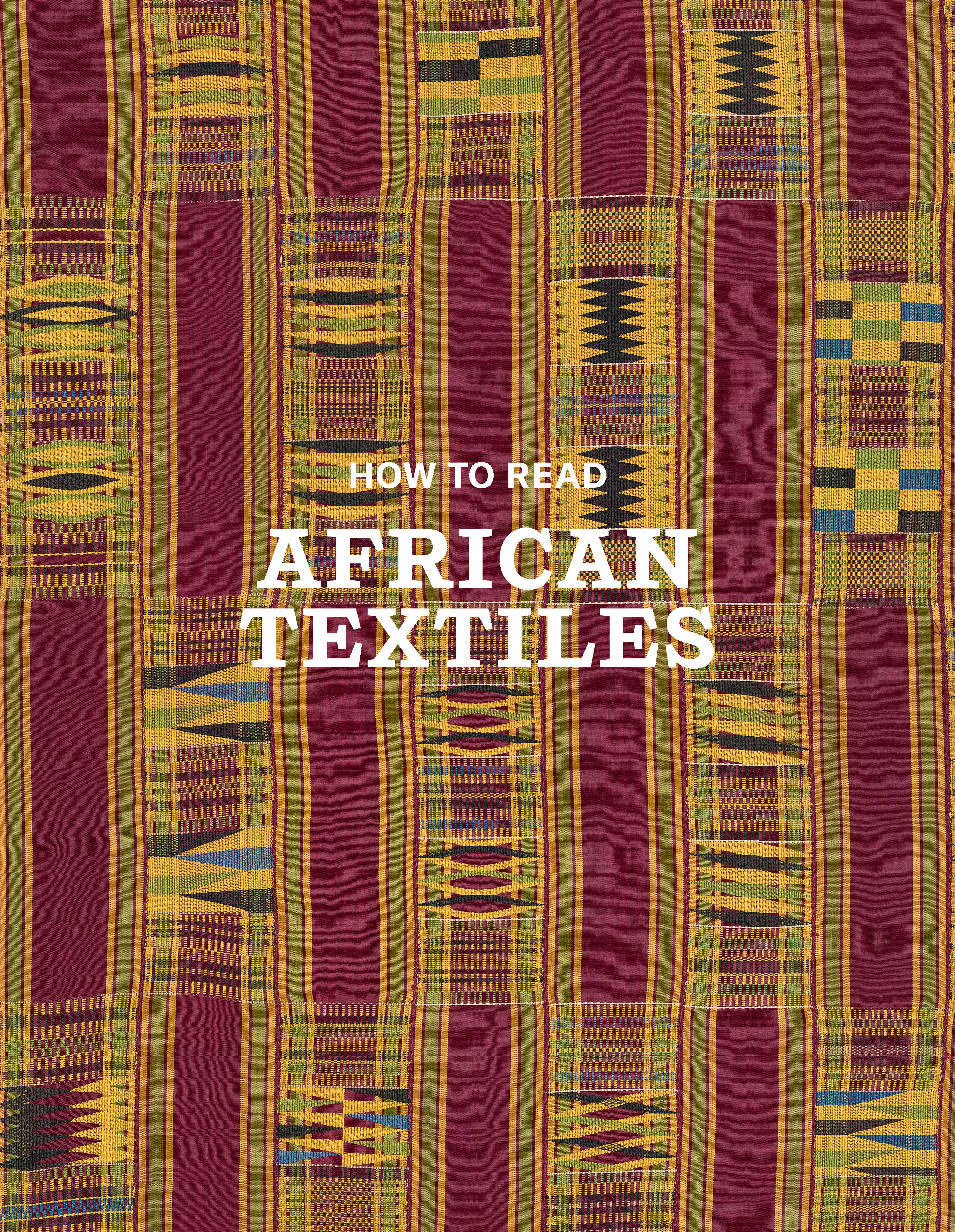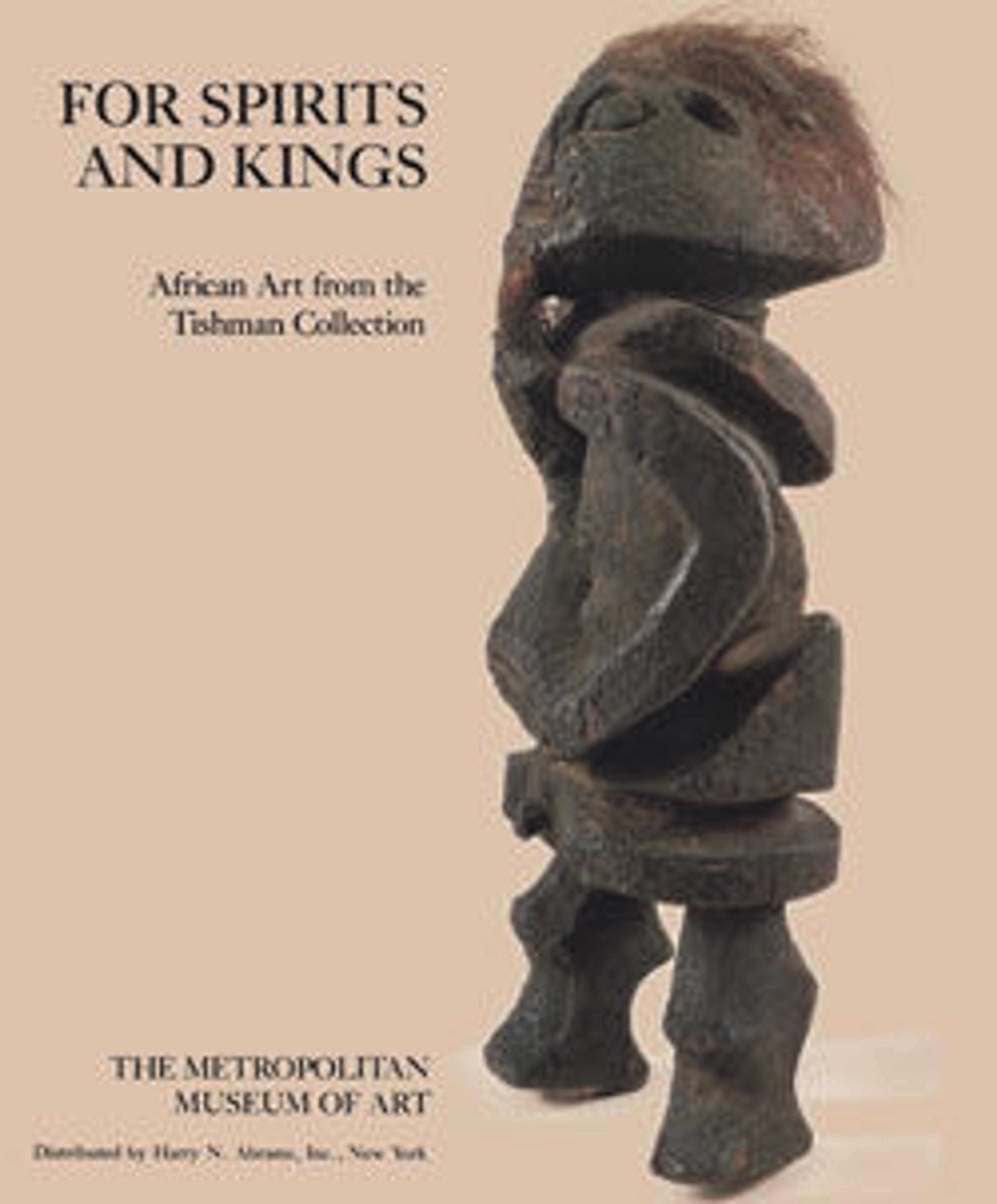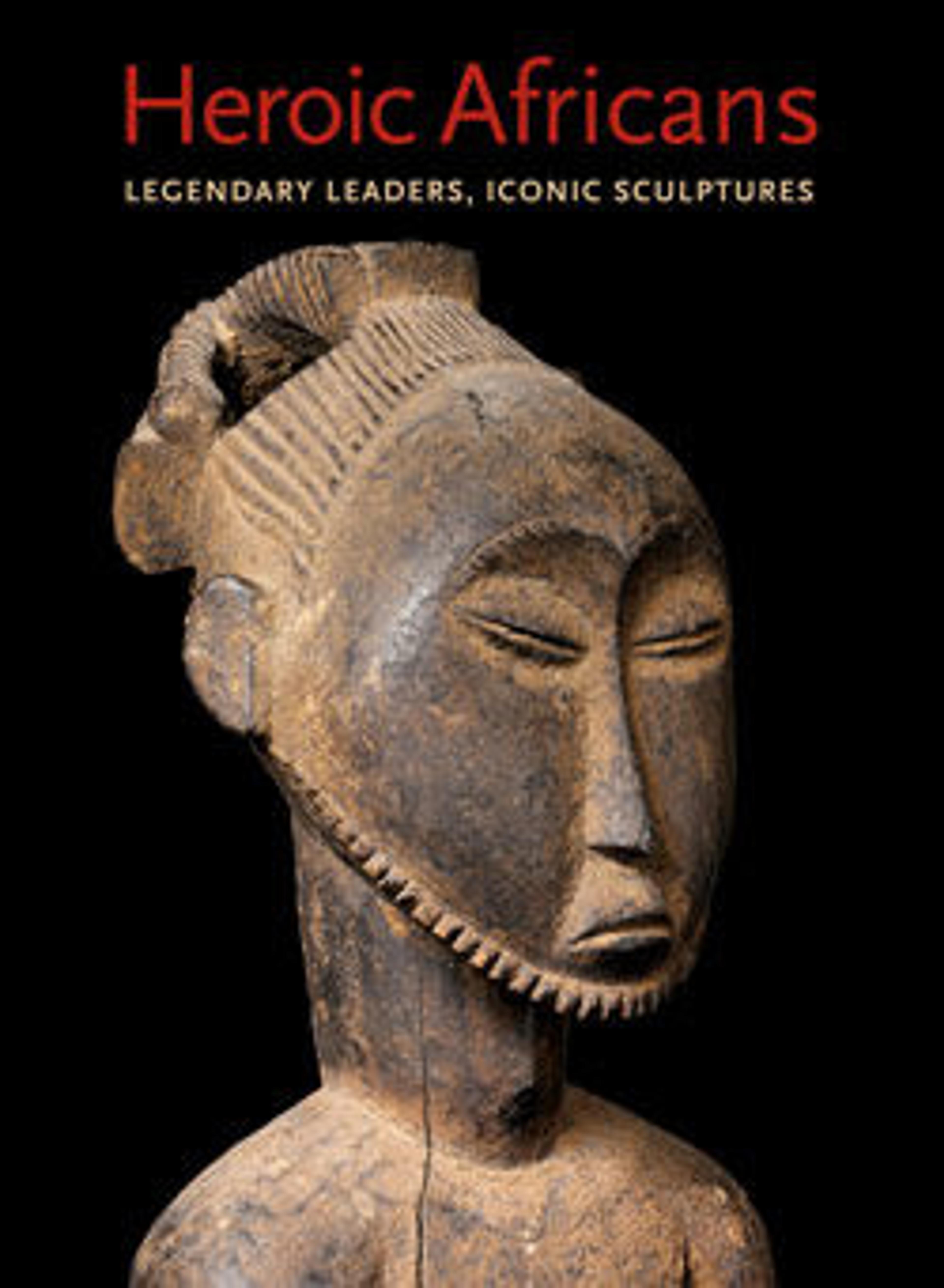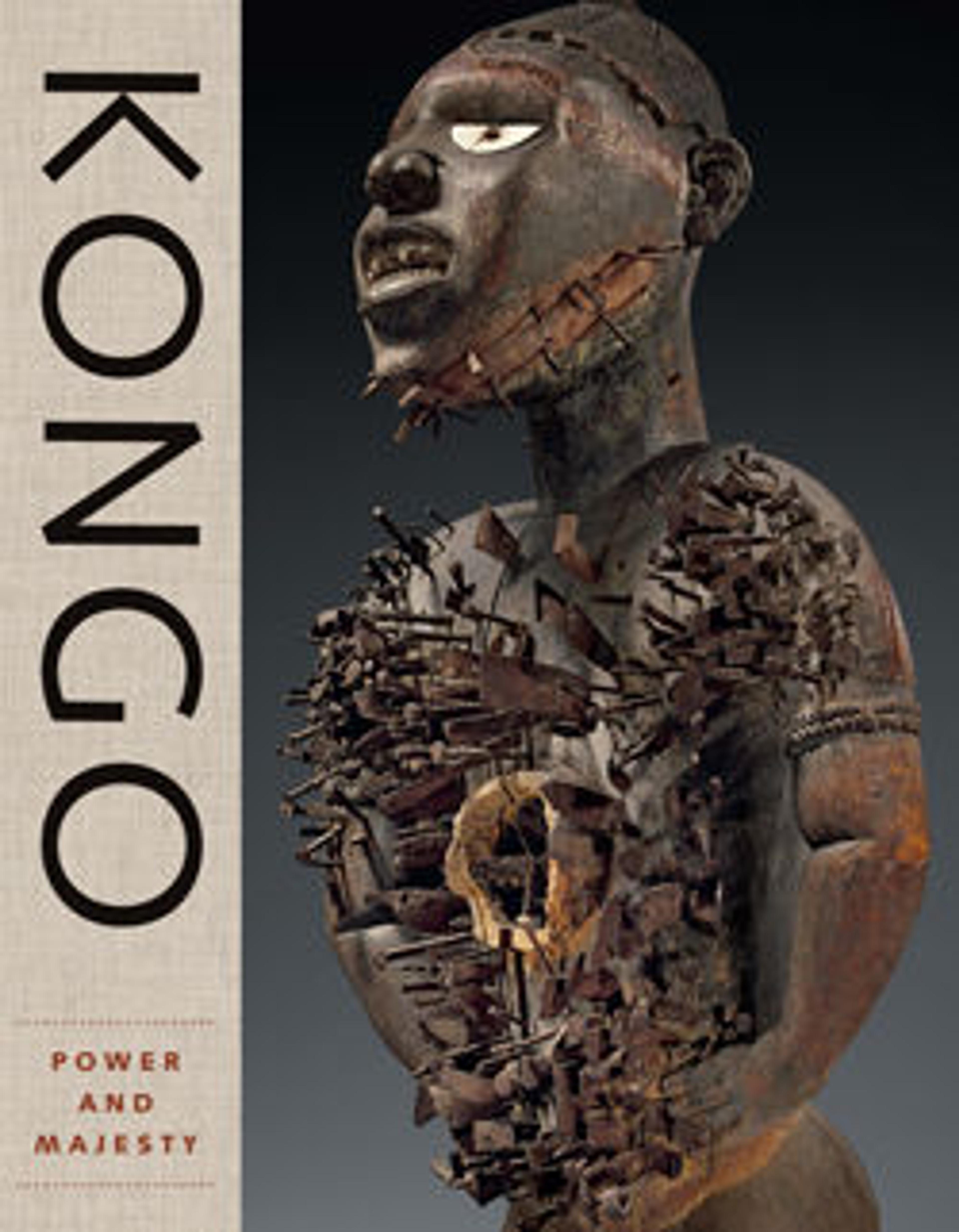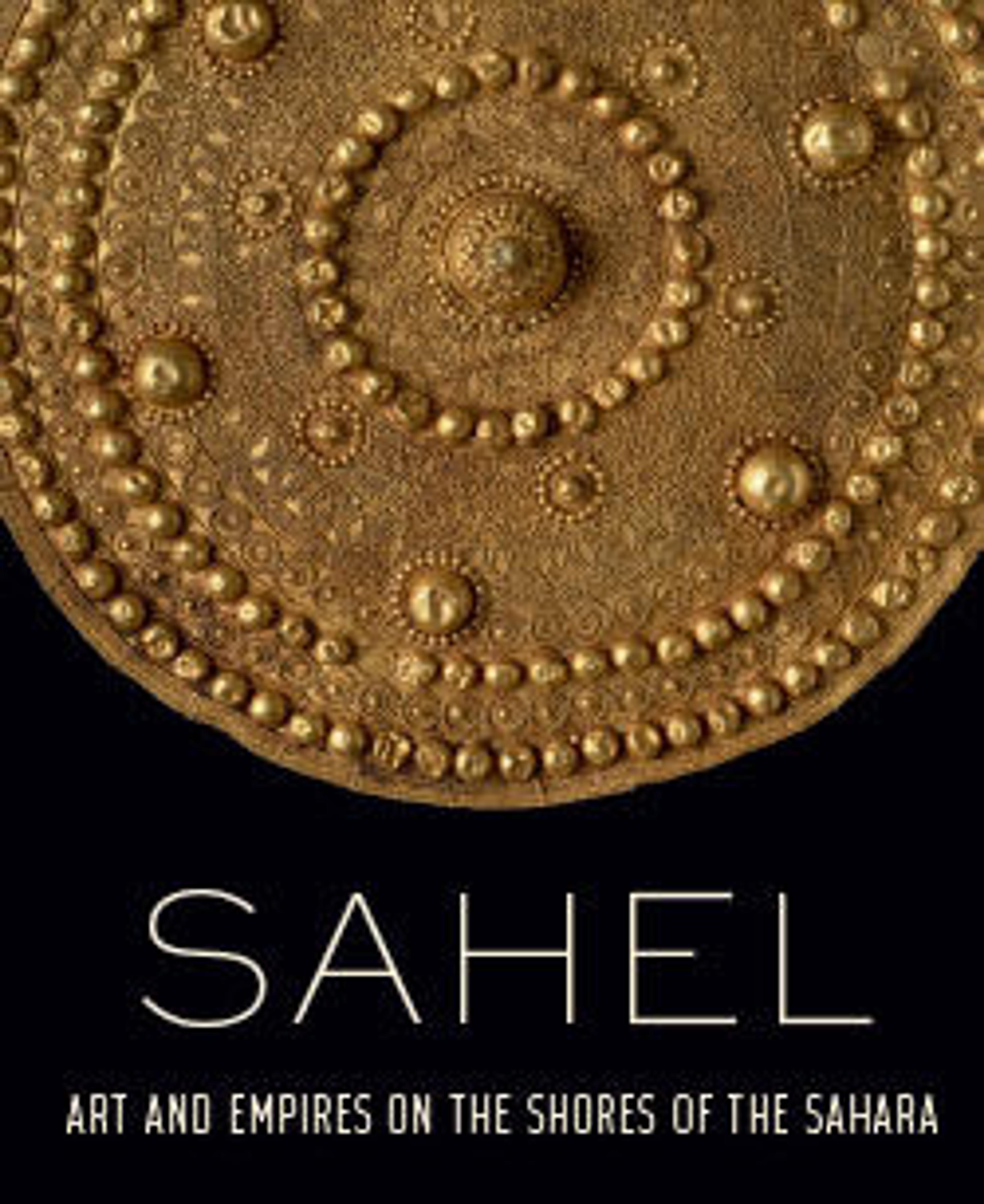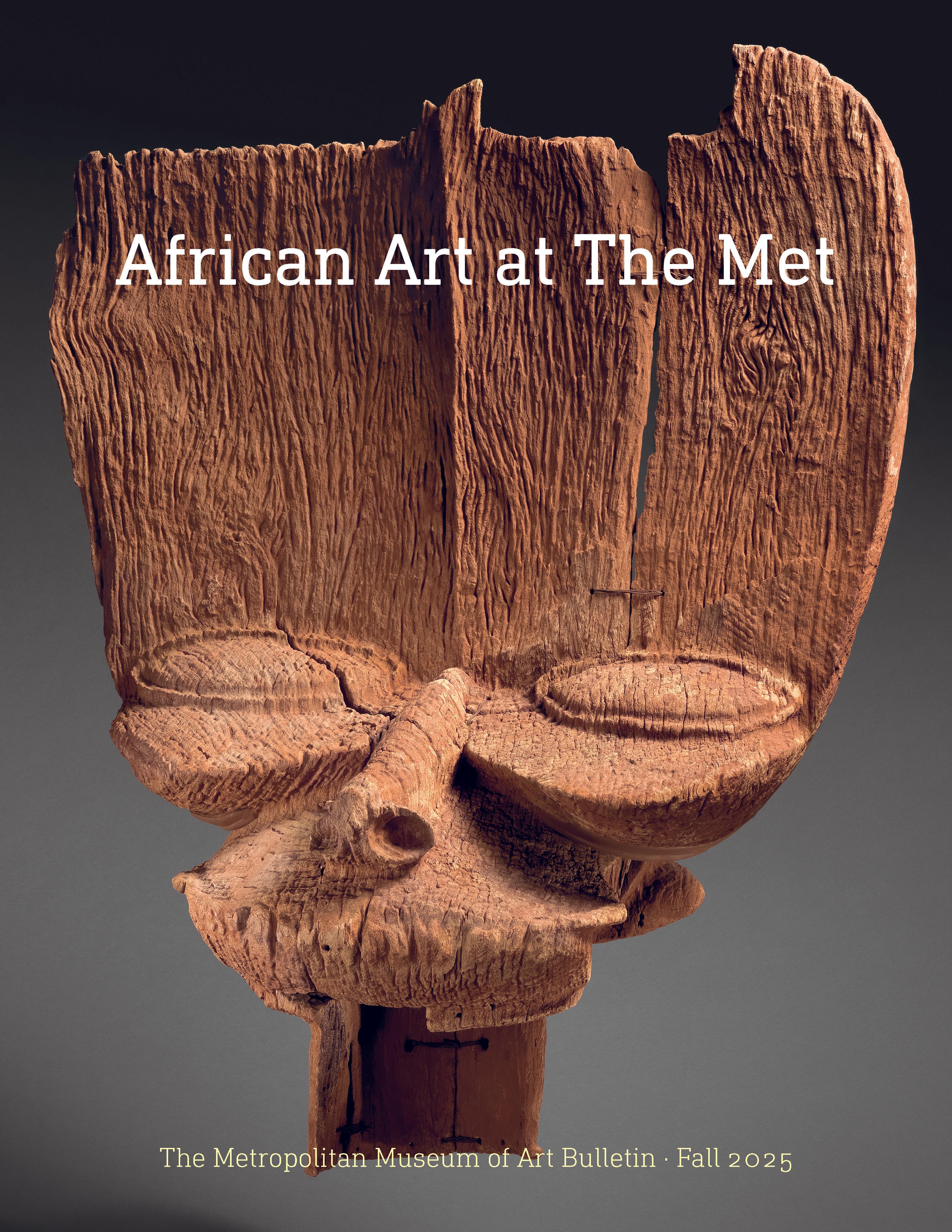How to Read African Textiles
Historically, handwoven cloth and clothing made across the African continent have been labor-intensive creations deeply embedded in local and regional value systems. These fabrics, frequently adapted to communal and individual needs, serve to clothe the body, divide architectural space, protect physical and spiritual well-being, and convey wealth and authority. This volume in The Met’s acclaimed How to Read series features forty masterworks of African fiber arts, from a dynamic nineteenth-century interior hanging from Sierra Leone to a dreamlike textile canvas by a contemporary Malagasy artist. Authors Christine Giuntini and Jenny Peruski explore the complex histories of production, consumption, and exchange attached to these extraordinary works; contextualize long-standing and recently embraced techniques and materials; and offer readers new ways to appreciate Africa’s diverse textile traditions.
Met Art in Publication
You May Also Like
Press the down key to skip to the last item.
Citation
Giuntini, Christine and Jenny Peruski, 2025. How to Read African Textiles. New York, New York: The Metropolitan Museum of Art.
